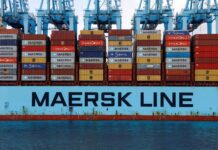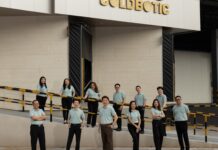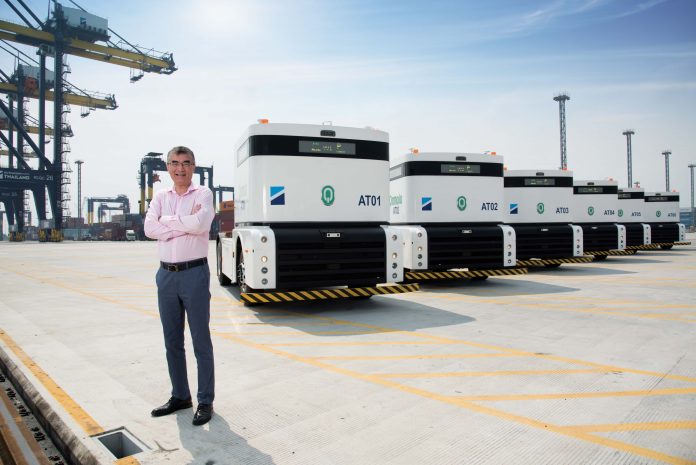
As the global economy is progressively growing, factory production and cargo transportation are continuously affecting the world. A large amount of CO2 emissions are being released into the atmosphere. The results are global warming and global natural disasters. This also becomes one of the factors for the mutation of pandemic diseases such as the Novel Coronavirus (COVID-19). Nature has sent the message in the form of such unpredictable circumstances, to let us know that we cannot manipulate its course. However, we can innovate new environmentally friendly technologies and recover the world back to its balance.
Thus, Hutchison Ports Thailand (HPT) took a brave step to advance their port operations into a more efficient and sustainable future by testing cutting-edge technologies such as the ‘Autonomous Q-Trucks’.

The Plan
In the past year, HPT pushed their sustainable port development plans to another level with the deployment of electrically powered remote control ship-to-shore cranes and rubber tyred yard cranes at its Terminal D facility. At the same time, HPT has also been rolling out measures to digitalize its processes such as issuing invoices in electrical form or to help the environment by introducing measurable procedures to help reduce paper usage and water consumption.
This year, HPT is moving closer to the future with their test run of Autonomous Q-Trucks. “We have brought 6 Trucks from a company called Westwell in Shanghai to Terminal D. We’ve agreed with them to use these prototypes for a period of testing and integration,” said Mr. Stephen Ashworth, Managing Director of Thailand & South East Asia for Hutchison Ports.
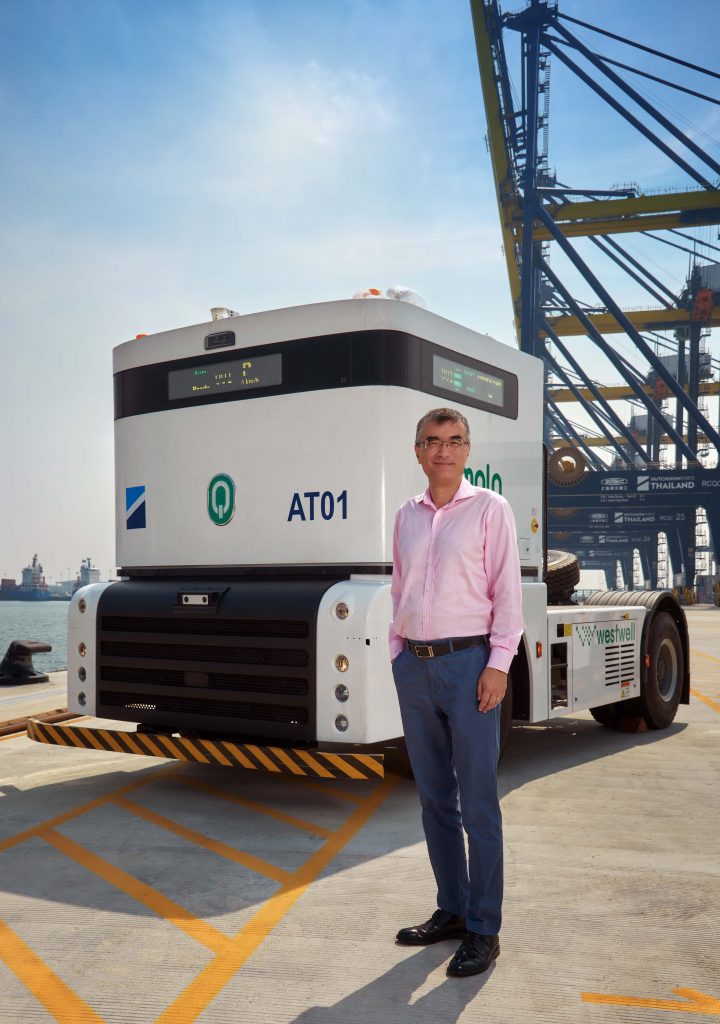
“The testing will be thorough, in terms of the operating features of the Trucks and the technological aspect of how they integrate with our next generation (nGen) terminal operating system. This includes our control tower, planning system, and traffic management system. Then, we will see how the Trucks can be used in harmony with our conventional fleet,” he continued.
Mr. Ashworth then revealed HPT’s concept of embracing the cutting-edge technology to augment their operational efficiency. “This technology is very new. Essentially, they are smart trucks with no drivers required. They operate with AI, sensors, and GPS. There is a good chance that these Trucks will be able to integrate with our systems and be incorporated into our operations. The idea is that the Trucks will be moving containers from the yard and to the vessel, and then back again as if there are drivers operating them and receiving instructions.”
Since HPT’s Terminal D emerged as Laem Chabang Port’s most advanced terminal, it has always been Hutchison Ports Group’s “laboratory” for the testing of new innovations while pioneering the latest technology for a better tomorrow. Part of the reason is that the terminal was always designated to become a “smart” and “green” facility from the beginning. It has the capacity to support new technologies and readily opens its doors to all sorts of upgrades and optimizations.
“We are a test phase terminal for a lot of the Group’s technology plans,” stated Mr. Ashworth, “If it works here, chances are it could be replicated in many of our other ports around the world too. We also have a very professional and engaging workforce. There are a lot of talented staff members here who are quite keen to take a step forward. They are progressive and not against innovation in any way.”
The Smart Trucks
The Autonomous Q-Trucks are the product of QOMOLO, a subsidiary brand of the Chinese company, Westwell. They run using a smart operating system called Deep Learning. The system simulates the human brain for the study and analysis of neural networks. It mimics the mechanism of the human brain to interpret data such as images, voices and texts, enabling them to resolve any problems that are extremely difficult to define with rules.

“The Trucks are able to recognize the environment through multi-sensors and collect geographic information to build a digital map required for autonomous navigation. This is convenient and suitable for autonomous driving in enclosed areas, such as ports and terminals,” explained Mr. Ashworth.
“The multi-sensors also offer the Trucks the ability to recognize complicated traffic conditions with a 360-degree wide perspective, allowing them to quickly and safely respond to unexpected situations. In addition, with the electronic signal control, the Trucks require less response time. The results are smoother and easier to control,” he continued.
In addition, the powerful central processing platform, Q-Brain, recognizes a real-time environment with extremely low latency (less than 50ms) based on 8 channels of crystal-clear camera data (at least 720P), 4 channels of LiDAR, and radar data.
The data collected from all installed sensors will be converted inside a direction control command center. After a rigorous end-to-end learning module verification, the Trucks will be able to learn a set of autonomous driving skills. This could be applied to several functions such as lane-keeping, overtaking, obstacle avoiding, and intersection turning in structured/unstructured roads.
Furthermore, the 2D/3D switchable intelligent interface platforms developed by QOMOLO allows users to schedule the Trucks’ tasks, remotely monitor the Trucks, and share data. For special operating conditions such as bad weather, the remote-control system is able to switch to manual controlling mode with no more than 500ms delay. The Trucks are also able to make an emergency stop when faced with unavoidable obstacles.
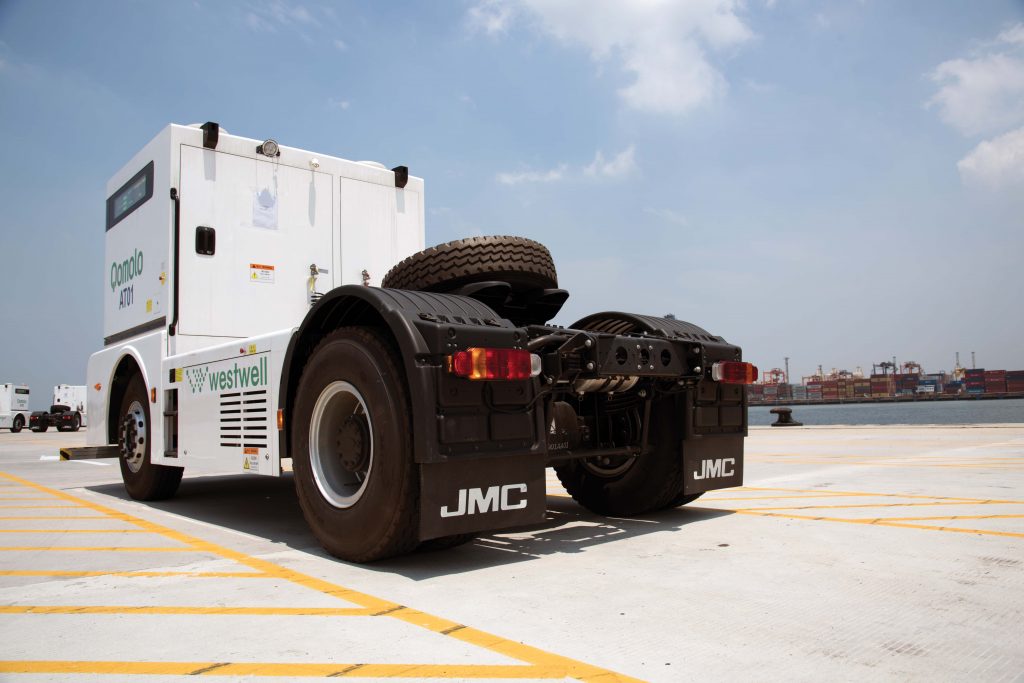
Preparing for the Future
Essentially, HPT’s Autonomous Truck trials is a proof of concept, to see how much Terminal D can succeed in terms of technology. It is also to find out how the Trucks could harmonize with their conventional operation methods, for the purposes of safer, more efficient and more eco-friendly operations. At this point, the sky is the limit for both the Trucks and the terminal.

Should the test run be met with success after the trial period, more Autonomous Trucks may start their engines and race towards HPT’s Terminal D. “This test will take some time to come to its fruition. As the test run begins to initiate, we will see where this technology is taking us. We have full control in terms of how we are going to utilize these Trucks, with the help of the manufacturer and our colleagues providing the technical support,” said Mr. Ashworth.
อัพเดตข่าวสารและบทความที่น่าสนใจในอุตสาหกรรมโลจิสติกส์ก่อนใคร ผ่าน Line Official Account @Logistics Mananger เพียงเพิ่มเราเป็นเพื่อน @Logistics Manager หรือคลิกที่นี่



